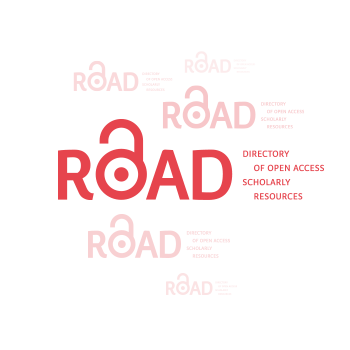Book review of Coleman's “The Psychology of the Teenage Brain”
DOI:
https://doi.org/10.59994/pau.2024.3.135Keywords:
Teenage Brain, Adolescent Experience, NeurodevelopmentAbstract
This review examines John Coleman's book "The Psychology of the Teenage Brain", which provides an interdisciplinary exploration of adolescent neurodevelopment. Coleman draws from neuroscience, psychology, education and other fields to elucidate the profound neural reorganization underlying teenage behavior and cognitive processes. The book offers a holistic, humanistic framework for understanding the adolescent experience through the lenses of neurobiology, environmental influences and sociocultural context. Key topics covered include synaptic pruning, brain connectivity changes, hormonal impacts, social dynamics, mental health considerations and more. While comprehensive, some areas like gender, cultural and socioeconomic factors could be further examined. Overall, Coleman's empathetic, nuanced analysis compellingly repositions adolescence as an evolutionarily vital transition catalyzing cognitive reinvention, creativity and social intelligence rather than mere dysfunction. With its synthesis of complex neuroscience into clear insights for parents, educators and clinicians, this definitive interdisciplinary work is a significant contribution to the literature. This comprehensive review offers an insightful analysis of Coleman's groundbreaking interdisciplinary synthesis exploring adolescent neurodevelopment. It highlights the book's empathetic reframing of teenage experiences through neuroscience, revealing innovative perspectives valuable for parents, educators, and anyone seeking to understand this pivotal life stage.
Downloads
References
Cheng, T. W., Mills, K. L., & Pfeifer, J. H. (2024). Revisiting adolescence as a sensitive period for sociocultural processing. Neuroscience & Biobehavioral Reviews, 105820. https://doi.org/10.1016/j.neubiorev.2024.105820 DOI: https://doi.org/10.1016/j.neubiorev.2024.105820
Coleman, J. (2023). The Psychology of the Teenage Brain. Taylor & Francis. DOI: https://doi.org/10.4324/9781003331728
Fludernik, M. (2003). Metanarrative and metafictional commentary: From metadiscursivity to metanarration and metafiction. Poetica, 35(1/2), 1-39. Retrieved from https://www.jstor.org/stable/43028318 DOI: https://doi.org/10.30965/25890530-0350102001
Fuhrmann, D., Knoll, L. J., & Blakemore, S. J. (2015). Adolescence as a sensitive period of brain development. Trends in cognitive sciences, 19(10), 558-566. https://doi.org/10.1016/j.tics.2015.07.008 DOI: https://doi.org/10.1016/j.tics.2015.07.008
Heyd, M. (2017). How to write a book review–and why you should. Journal of Hospital Librarianship, 17(4), 349-355. https://doi.org/10.1080/15323269.2017.1366783 DOI: https://doi.org/10.1080/15323269.2017.1366783
Patel, P. K., Leathem, L. D., Currin, D. L., & Karlsgodt, K. H. (2021). Adolescent neurodevelopment and vulnerability to psychosis. Biological Psychiatry, 89(2), 184-193. https://doi.org/10.1016/j.biopsych.2020.06.028 DOI: https://doi.org/10.1016/j.biopsych.2020.06.028
Schalbetter, S. M., von Arx, A. S., Cruz-Ochoa, N., Dawson, K., Ivanov, A., Mueller, F. S., ... & Meyer, U. (2022). Adolescence is a sensitive period for prefrontal microglia to act on cognitive development. Science advances, 8(9), eabi6672. https://doi.org/10.1126/sciadv.abi6672 DOI: https://doi.org/10.1126/sciadv.abi6672
Swanson, D. P., Edwards, M. C., & Spencer, M. B. (Eds.). (2010). Adolescence: Development during a global era. Academic Press.
Syed, M. (2017). Identity integration across cultural transitions: Bridging individual and societal change. Journal of Psychology in Africa, 27(2), 105-114. https://doi.org/10.1080/14330237.2017.1301675 DOI: https://doi.org/10.1080/14330237.2017.1301675
Downloads
Published
How to Cite
Issue
Section
License
Copyright (c) 2023 Journal of Palestine Ahliya University for Research and Studies

This work is licensed under a Creative Commons Attribution 4.0 International License.
مجلة جامعة فلسطين الاهلية للبحوث والدراسات تعتمد رخصة نَسب المُصنَّف 4.0 دولي (CC BY 4.0)











